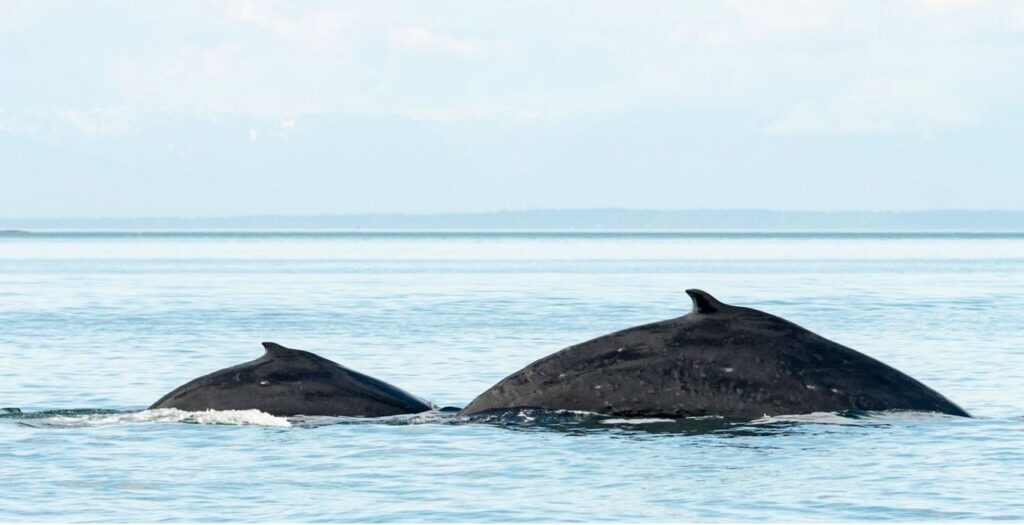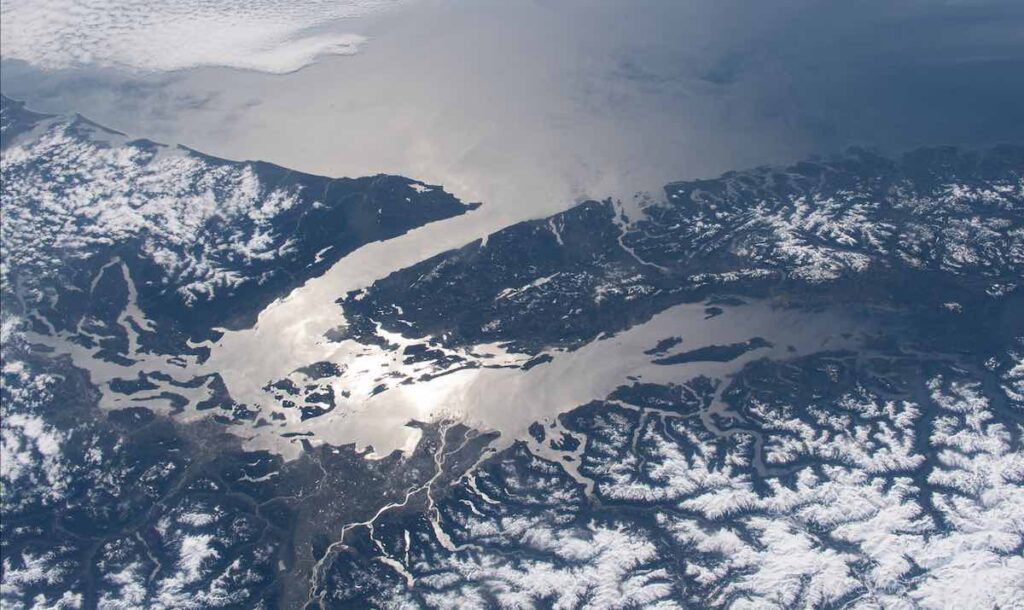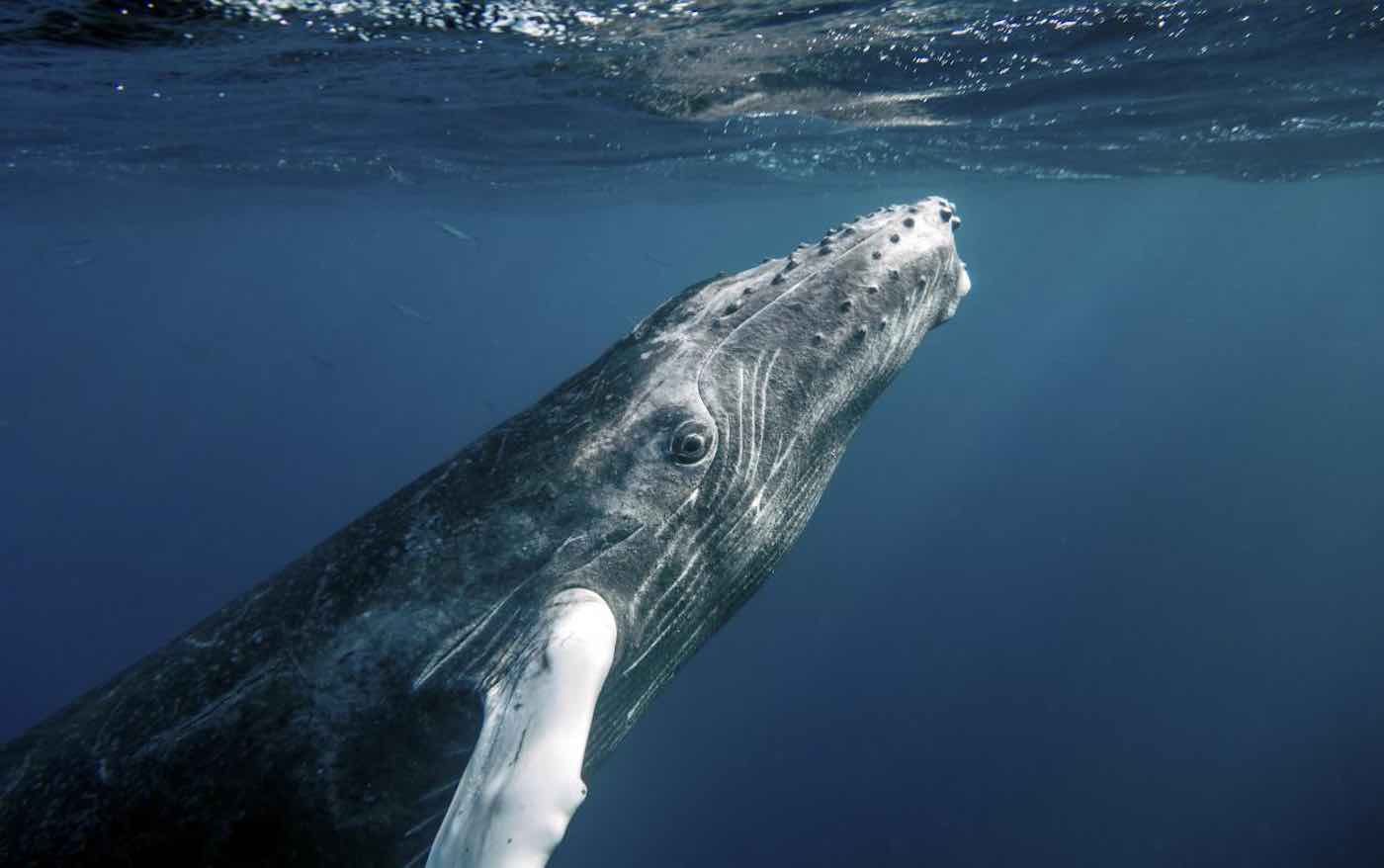
A record number of calves have been recorded in the Salish Sea this season, marking a significant rebound for a species that was endangered just 25 years ago.
Whale watchers and researchers off the coasts of Washington and British Columbia near Vancouver, documented 21 calves, according to the Pacific Whale Watch Association (PWWA).
According to Mark Malleson of Center for Whale Research, that is the highest annual number on record so far for the region, and is nearly twice as many as were reported last year, when 11 calves were documented.
“2021 has been a banner year for female humpbacks coming into the Salish Sea with new calves,” says Wendi Robinson, naturalist with Puget Sound Express. “Calves only travel with mom for a year or so and then they’re on their own. Once they’re familiar with our waters, they will often return year after year to feed.”
As to the cause of this year’s baby boom, Erin Gless, Executive Director of the Pacific Whale Watch Association, can only speculate.
“We’re not sure why there were so many calves this year,” she says. “It’s possible the last two years had an abundance of food for the whales.”
“25 years ago, here off of inland B.C. waters, we had zero humpback whales, so this is a new phenomenon in our waters … they’ve made up for lost time. We are seeing lots and lots of whales, which is super exciting.”
WATCH: Curious Whale Nudges Paddle Boarder in Argentina in Stunning Video

Fall brings the peak of humpback activity in the Salish Sea as the whales seize their last feeding opportunities before traveling south for winter. In the coming months—after eating 2,000 pounds (900 kg) of fish and krill every day—humpbacks will swim to breeding grounds near Hawaii and Mexico to mate, give birth, and return in late spring.
Humpbacks have also bounced back in the South Atlantic. After the population had diminished to only 450 whales, 2019 research showed numbers have has rebounded to 25,000—an estimate now close to pre-whaling numbers.
WATCH: Friendly Humpback Whale Gives Woman the Experience of a Lifetime
In June, the U.S. Biden administration announced it would be officially protecting 116,098 square nautical miles of the Pacific Ocean as critical habitat for three populations of endangered humpback whales.
Evidence shows that endangered or threatened species that have protected critical habitat are twice as likely to be recovering as those without it—so we can expect these positive trends for Pacific humpbacks to continue.
LOOK: Humpback Whales Herd Salmon With Their Fins in Never-Before-Filmed Feeding Behavior
SHARE This Whale of a News Story With Everyone on Social Media… (Featured photo by Christopher Michel via Flickr, CC license)





















This is wonderful news that I am sure had many factors to make it happen, including the protected critical habitat. Thanks for sharing this good news.